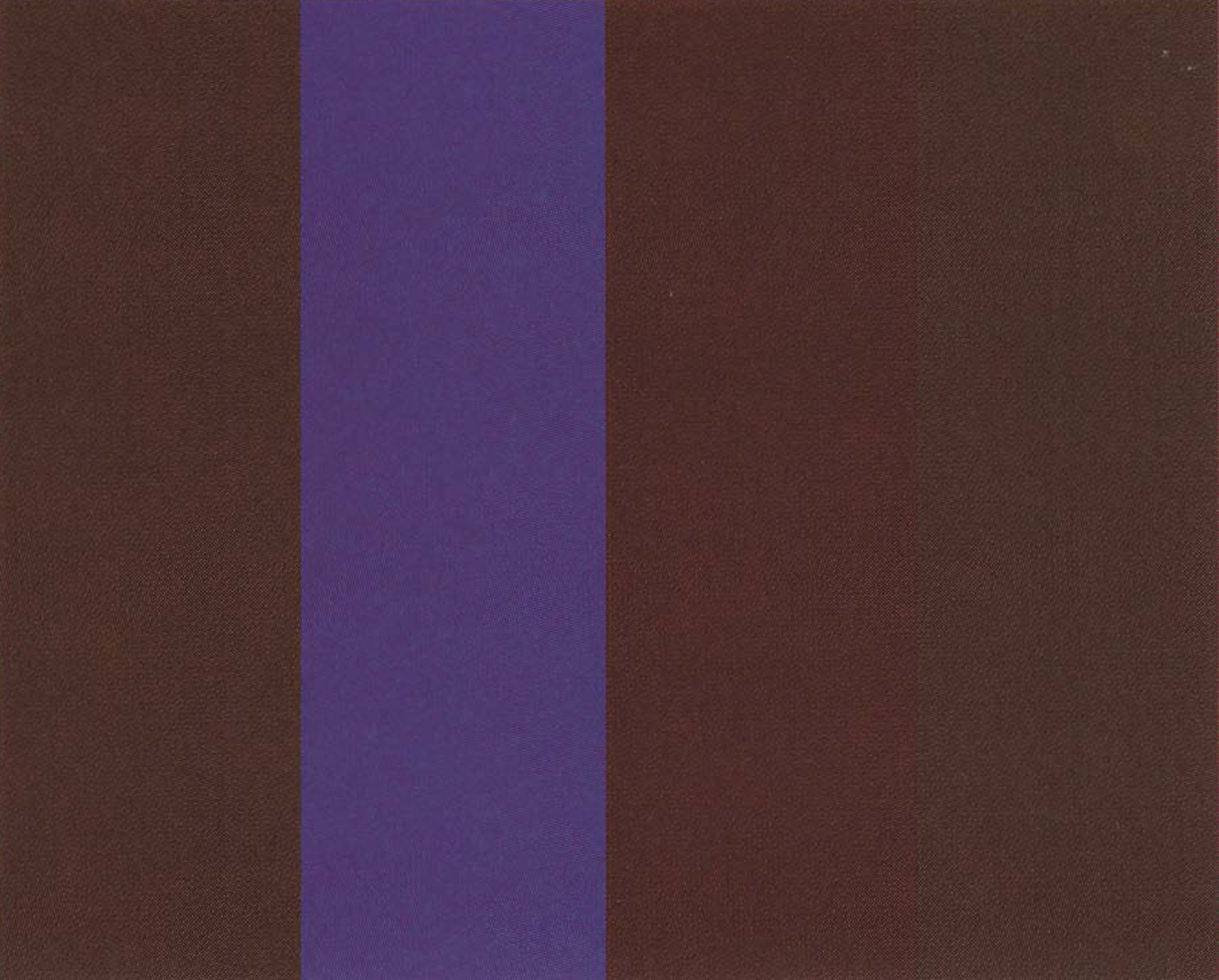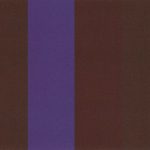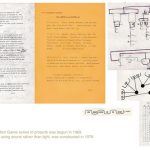Ernest Edmonds, Mark Fell: Broadway One
Artist(s):
Title:
- Broadway One
Exhibition:
Creation Year:
- 2004
Medium:
- Plasma Display
Size:
- 41 inches x 25 inches x 5 inches
Category:
Artist Statement:
When we watch a film, we accept music as a natural part of the work. More generally, the sound track is recognised as a crucial element in the quality of the film in its total sense. However, at times the music is thought of as an accompaniment to the visual element, whereas it might alternatively be thought of as having equal weight and importance. By far the most interesting integration, however, is where the music and the visual element are equal so that, for example, one can see a visual display as one instrument in which other instruments, such as violins, happen to produce sound. The composition of such work can begin either with the music or the visual or swap between them. Alternatively, it might begin from some more abstract description or notation that can be mapped into either sound or image. The idea of integrating sound and vision in art goes back at least to the early 1700s, when Louis-Bertrand Caste created “Colour Organ.” Many have been inspired by Baudelaire’s poem “Correspondence,” in which he speaks of” … Perfumes and colours, answerable sounds … Joining to form a deep, mysterious whole … ” There is considerable interest in this integration today. The advent of the computer has enhanced the possibilities in this area enormously, for two key reasons: 1. Its ability to control the real-time production of sound and image with considerable flexibility and speed. 2. The computer is basically a symbol manipulation machine, so it is able to take a symbolic form (such as a score that is a symbolic representation of music) and automatically work with it by, for example, transforming it according to a rule. In this work, the idea is to operate with structures that can mediate between sound and vision, to produce a unified work that integrates both. Thus a single unified abstract structure is mapped into sound and image to produce the integrated “synaesthesic” work.
Technical Information:
The work is displayed on a wall-mounted plasma screen, with sound relayed over a small pair of audio monitors or headphones. It is a generative piece that is written using Max/MSP/Jitter software running on a Macintosh computer. This is a graphic programming environment for sound, image, and interaction, which provides an ideal system for exploring the correspondence between sound and image. In this work, which is part of a series, the artists and programmers use predefined colors that are specified as RGB values and two-dimensional bars specified as co-ordinates. These correspond to synthetic sounds that occupy temporal rather than spatial positions. The software consists of several discreet processes. These are grouped together into three sections: pattern generation, image display, and audio output. Of these, the second and third are intended to be reusable, and they simply wait for instructions from the patterngenerating
system. The image display section waits for a list of two
integers. The first integer relates to a position, and the second a color. The audio output waits for the same two integers but treats the first as a position in time not space, and the second as sound. Given this flexibility, several different pattern-generating modules can be written to explore the outcome of different algorithmic processes.
In this case, an algorithm generates a list of eight numbers, each element of which counts from zero to three. These elements are connected in series, so that as one element reaches the maximum value, the next one counts up one. The outcome of this is a series of absolutely linked color bars and a shifting musical pattern.







